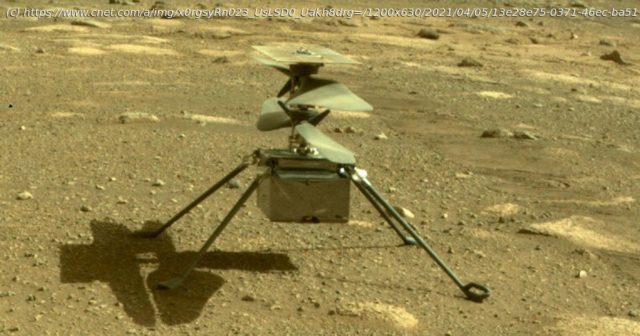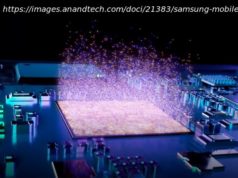NASA’s wheeled rovers have revealed an incredible amount about Mars. From learning about the planet’s wet history and discovering the chemistry of its …
NASA’s wheeled rovers have revealed an incredible amount about Mars. From learning about the planet’s wet history and discovering the chemistry of its soil and the puzzling presence of methane in its atmosphere, the rolling robots have been indispensable in painting a picture of one of Earth’s closest neighbors. They are remarkable, but they can’t cover a lot of ground — slow movement is critical to prevent them from tumbling over a cliff or colliding with a rock. But imagine if they could fly. Strapping a set of wings to a robot on another planet would open up a whole new way to explore other worlds. “The ability to fly wherever you want, at great speed, for a closeup view without risk of damage from collision or fall, is a thrilling capability,” says Alan Duffy, a professor in astrophysics at Swinburne University in Australia. That’s exactly what NASA has done with Ingenuity, a tiny, lightweight rotorcraft originally scheduled to take flight on Mars on April 11, but since delayed till “no earlier than April 14.” If it flies, it’ll be the first time humans have achieved powered, controlled flight on another planet — a Wright brothers moment in another part of the cosmos. There are significant challenges to flying on Mars, however, and Ingenuity has to contend with a planet that particularly enjoys killing spacecraft. Should it succeed in getting off the ground, it will pave the way for future missions, deeper in the cosmos. Here’s why Ingenuity is so ingenious. If you’re wondering how NASA got a helicopter to Mars and feel like you haven’t heard too much about it, it’s probably because NASA’s Perseverance rover stole all the limelight. Ingenuity is a “ride-along” mission and a tech demonstration. It isn’t on Mars to perform any science. Rather, it’s built to show that powered flight is possible on another world. Ingenuity was tucked away in the belly of Perseverance during the rover’s long sojourn from Earth to Mars, which kicked off in July. The rover landed on the planet back in February, and Ingenuity was safe and sound from the harsh, cold Martian surface until April 4, when Perseverance carefully deposited the chopper onto the soil. While on board Perseverance, Ingenuity was protected and powered by the rover’s suite of instruments. But after it was dropped off, and Perseverance rolled away, Ingenuity was cold and alone — quite literally. Mars temperatures plummet well below freezing at night, to around minus 130 degrees Fahrenheit. Fortunately, Ingenuity showed it can cope with the cold when it survived its first night separated from its rover pal. The relationship with Perseverance hasn’t ended, though. When Ingenuity takes its first flight, it will be Perseverance that relays those messages back to Earth On April 6, Ingenuity took its first photograph of Mars, a low-resolution, orange-and-brown snapshot of the surface.
Home
United States
USA — IT NASA's Mars helicopter Ingenuity: What you need to know before its first...






